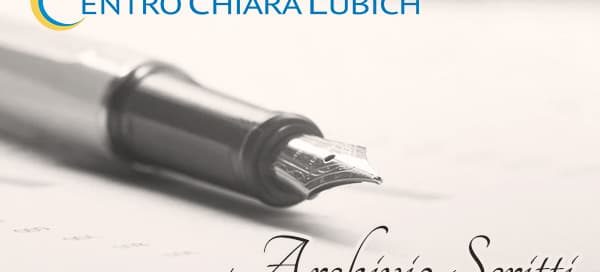Blessed is she who believed…
Città Nuova, July 25, 1999 Commetary on the Word of Life: Blessed is she who believed that there would be a fulfillment of what was spoken to her by the Lord(Luke 1:45). These words belong to an event which is simple and sublime at the same time. It is the encounter between two expectant mothers whose spiritual and physical symbiosis with their sons is total. They lend them their lips, their sentiments. When Mary speaks, Elizabeth's son leaps with joy in her womb. When Elizabeth speaks, it seems that her words are put on her lips by her son, the Precursor. But while the first words of her hymn of praise to Mary are addressed personally to “the mother of the Lord” (1:43), the final ones are in the third person: "Blessed is she who believed." Thus her "affirmation acquires the character of universal truth: beatitude applies to all believers; it concerns those who accept the Word of God and put it into practice, and who find in Mary their model.”

